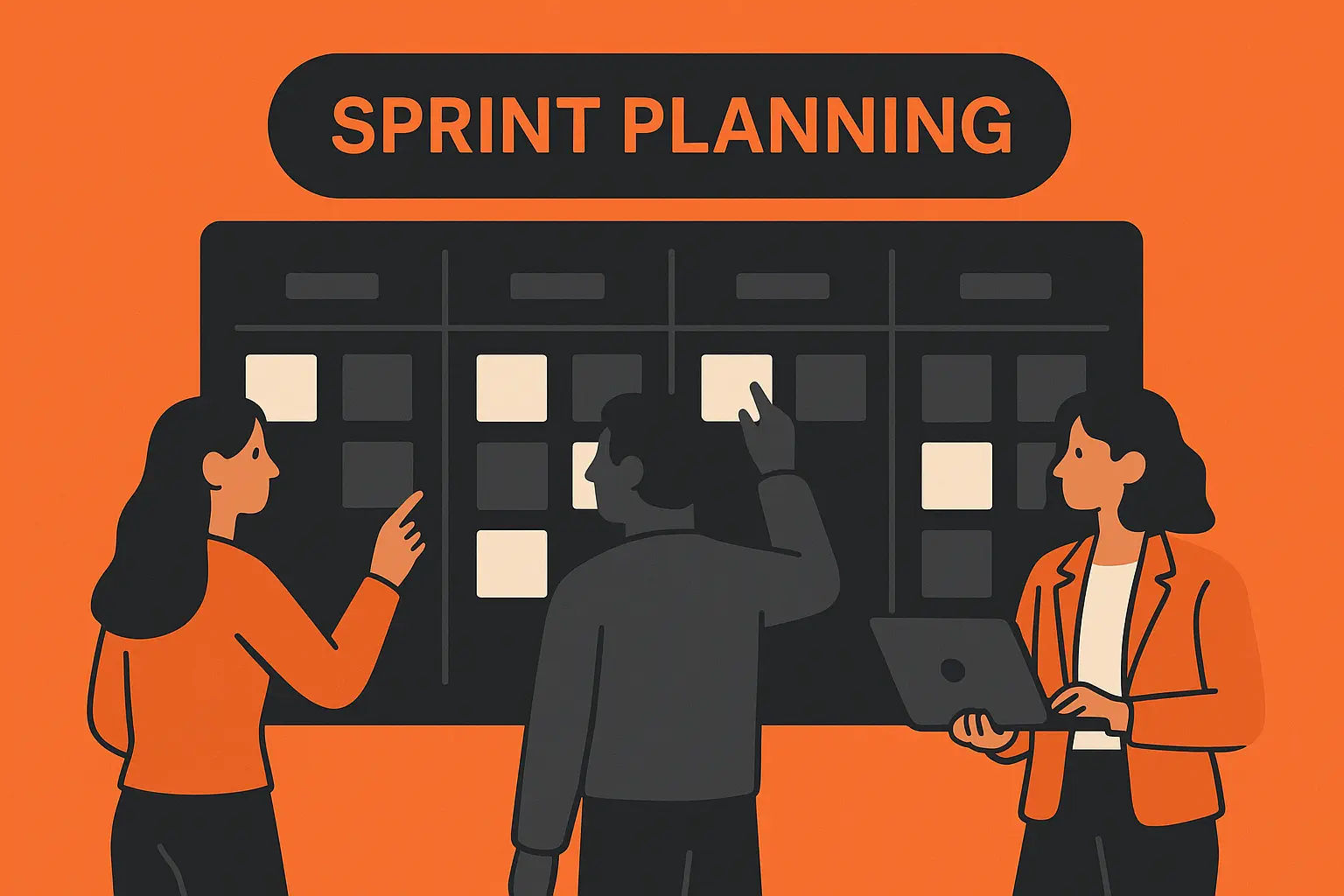
In the past, many organizations followed a strict, linear project management approach known as Waterfall, where each phase had to be completed before the next could begin. This often resulted in long development cycles, delayed feedback and costly course corrections.
Agile revolutionized this model by emphasizing iteration, collaboration and adaptability. Instead of waiting until the end of a project to deliver results, Agile teams work in short, focused sprints — producing incremental value and gathering real user feedback along the way.
At the heart of Agile lies the Agile Manifesto, which values:
- Individuals and interactions over processes and tools
- Working solutions over comprehensive documentation
- Customer collaboration over contract negotiation
- Responding to change over following a plan
These principles empower teams to focus on delivering real outcomes, continuously learning and improving with every iteration.
Agile’s success stems from its tangible benefits:
- Faster Delivery: By breaking work into sprints, teams deliver usable features early and often.
- Higher Quality: Continuous testing and feedback ensure better product quality.
- Improved Flexibility: Agile adapts easily to evolving requirements or priorities.
- Better Collaboration: Daily stand-ups and retrospectives enhance communication and alignment.
- Greater Customer Satisfaction: Clients see progress sooner and have more input throughout the process.
Transitioning to Agile isn’t just about adopting new tools — it’s about fostering a mindset of collaboration and continuous improvement.
Start by introducing small, cross-functional teams. Use frameworks like Scrum or Kanban to structure work visually and improve transparency.
Encourage open communication through sprint reviews, retrospectives and ensure leadership supports Agile values, not just Agile ceremonies.
Agile doesn’t measure success by how closely a team followed a plan, but by how much value was delivered to the customer.
Track metrics such as:
- Velocity: The amount of work completed in each sprint.
- Lead Time: How long it takes from idea to delivery.
- Customer Feedback: Qualitative insights into satisfaction and usability.
- Team Morale: A key factor in sustaining long-term Agile success.
Conclusion: The Future Belongs to Agile
Agile project management has proven to be more than a trend — it’s a fundamental shift in how organizations think about delivering value.
By embracing change, empowering teams and focusing on customer outcomes, Agile enables businesses to stay competitive and innovative in a fast-moving digital world.
Whether you’re developing software, designing digital products or managing business transformation — Agile is the path to delivering faster with better results.


